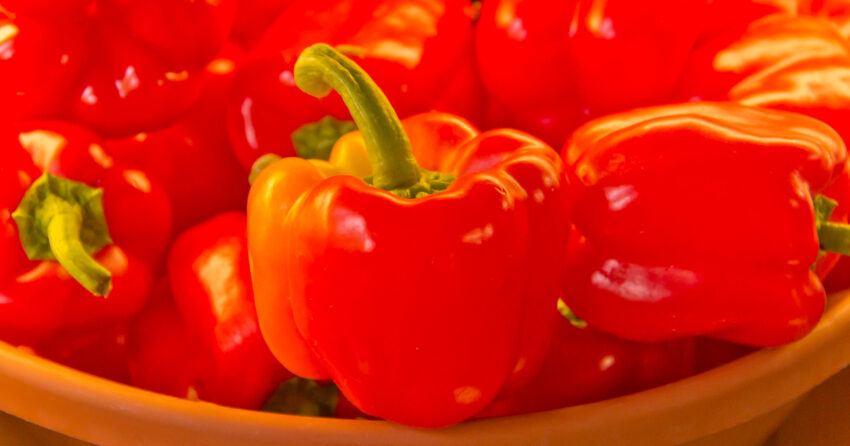Growing peppers can be incredibly rewarding. With their vibrant colors and spicy to sweet flavors, peppers offer a feast for the senses. Whether you’re nurturing bell peppers or firing up with some hot varieties, achieving a bumper crop is the dream of every gardener. Let’s dive into the secrets that can help you grow a bountiful, healthy batch of peppers this season.

1. Choose the Right Varieties
First things first, picking the right type of pepper is crucial. Consider your climate and the length of your growing season. While bell peppers thrive in many environments, hotter varieties like habaneros or jalapeños require warmer temperatures. Start with disease-resistant and locally adapted varieties, as these will naturally perform better in your garden’s specific conditions.
2. Start Seeds Indoors
Get a jump on the growing season by starting your pepper seeds indoors. Typically, you should start them about 8-10 weeks before the last expected frost. Use a seed starting mix and keep the soil warm, ideally between 80-90°F, as peppers need warmth to germinate. A heating mat can work wonders here. Patience is key, as some hot peppers take a while to sprout.
3. Provide Plenty of Light
Peppers are sun worshipers. They require at least 6-8 hours of direct sunlight daily to flourish. When growing seedlings indoors, use a grow light to mimic natural sunlight. Keep the light about 2-3 inches above the plants, raising it as they grow to avoid scorching the leaves.
4. Transplant with Care
Transplant your seedlings outdoors only after the threat of frost has passed and temperatures consistently stay above 60°F at night. Harden off the plants by gradually exposing them to outdoor conditions over a week. This step reduces shock so your plants can adjust smoothly to their new environment.
5. Soil and Fertilization
Peppers love rich, well-draining soil. Amend your garden soil with plenty of organic matter like compost or rotted manure to improve nutrient content and drainage. Test your soil pH too—peppers prefer a range between 6.0 and 6.8. When it comes to feeding, use a balanced fertilizer to encourage strong growth but avoid high nitrogen mixes, which can promote more leaves than fruits.
6. Water Wisely
Consistent watering is key to preventing stress and helping your peppers grow plump and healthy. Aim for about an inch of water per week, more if you’re in a hot, dry area. Drip irrigation or soaker hoses are ideal for keeping moisture levels even and reducing leaf wetness, which can lead to disease.
7. Support Structures
As your pepper plants grow, they might need some support to help bear the weight of their fruits. Stakes or cages can keep branches from breaking and improve air circulation around the plants. This little bit of support can make a big difference in the health of your crop.
8. Monitor for Pests and Diseases
Keep an eye out for common pests like aphids, spider mites, and the dreaded pepper weevil. Use organic pesticides if necessary, and always try to intervene early. Also, watch for signs of diseases like blossom end rot or fungal infections, which can be mitigated by proper watering and spacing your plants to improve air circulation.
Conclusion
Growing peppers can be a fun and fruitful endeavor. With these secrets up your sleeve, you’re all set to nurture your garden and enjoy a harvest that’s as colorful as it is delicious. Remember, every season is a learning experience, so keep notes on what works and what doesn’t, and don’t be afraid to try new techniques. Here’s to a fantastic pepper-growing season!

